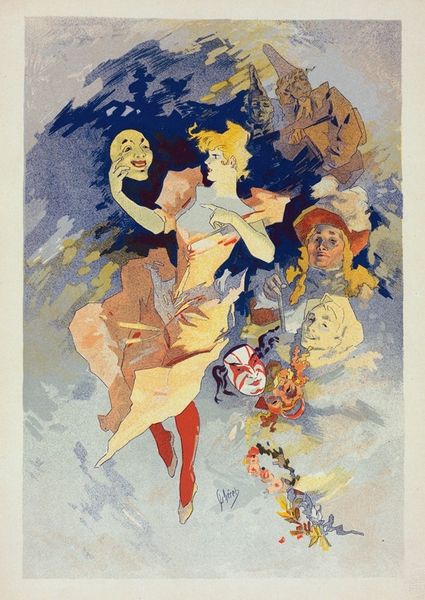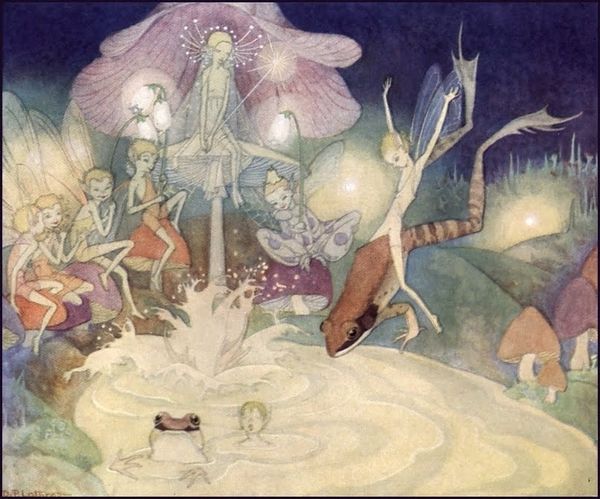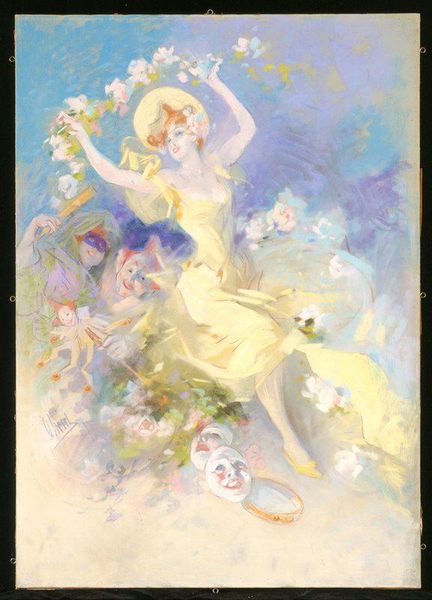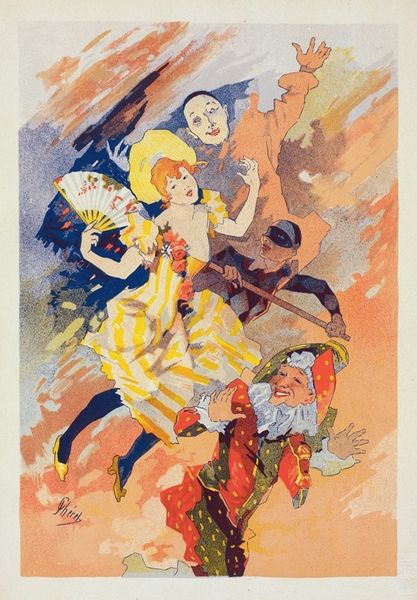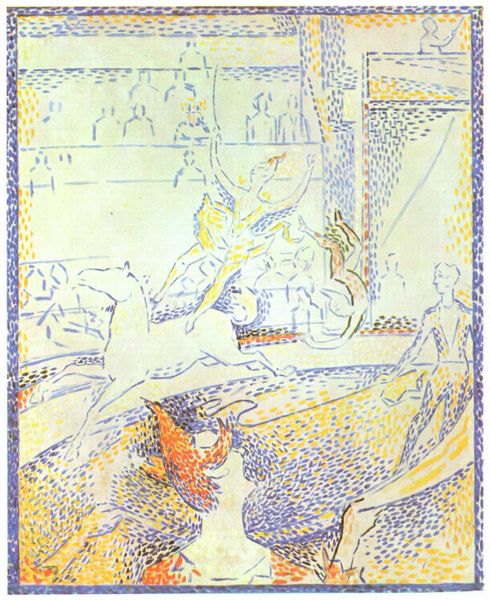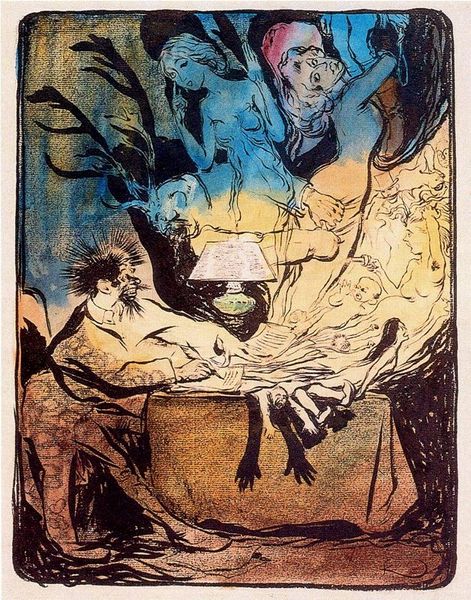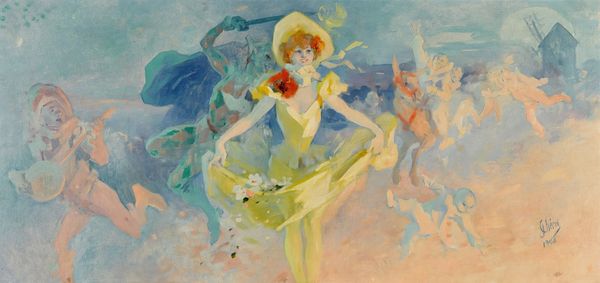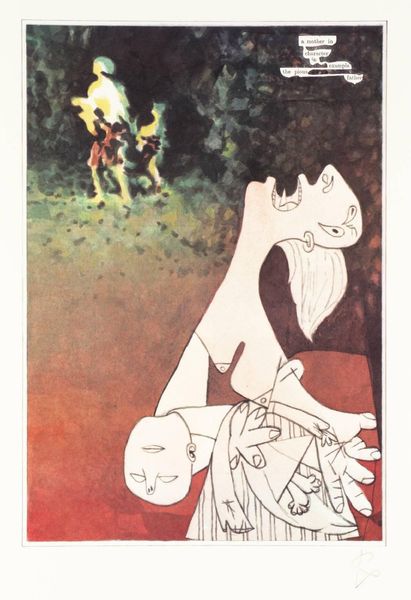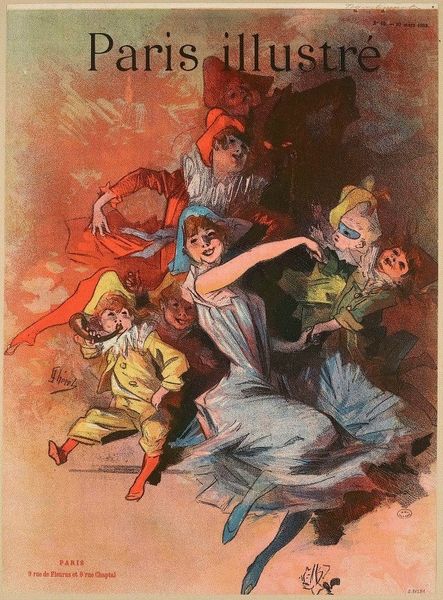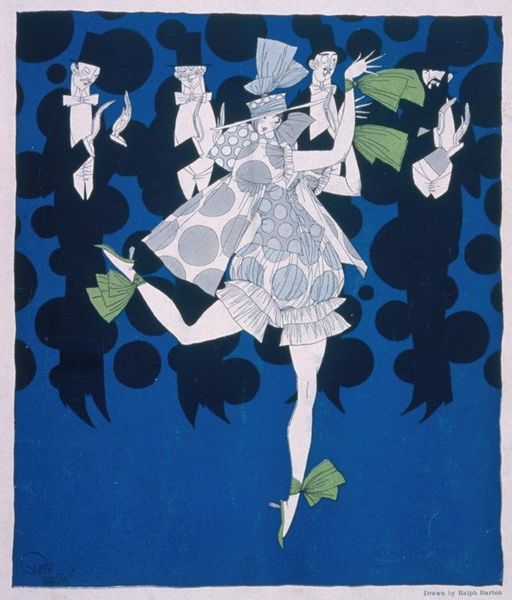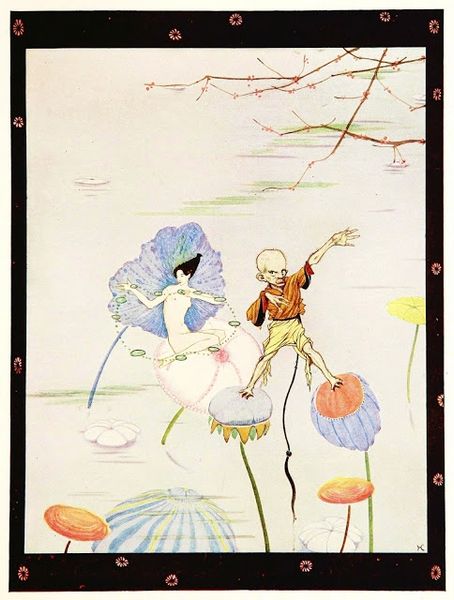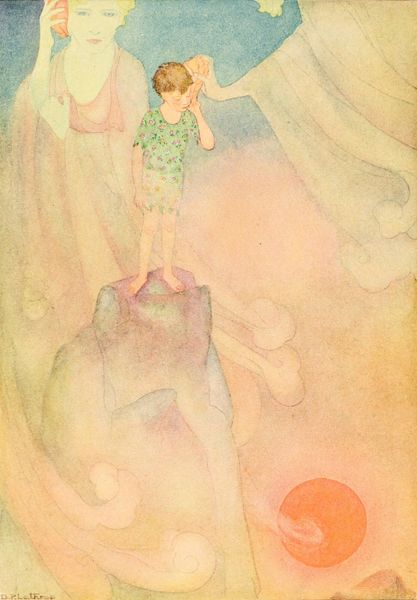
Copyright: Public Domain: Artvee
Jules Chéret created this lithograph poster, 'Musée Grévin,' to advertise the famous wax museum in Paris during the late 19th century. The Belle Époque was a period of optimism and artistic innovation, but also of stark social inequalities, which shaped the entertainment industry of the time. Chéret's work often featured idealized, liberated women, known as "Chérettes," which is exemplified by the central figure of a dancer in a yellow dress. This character embodies the exuberance and allure of Parisian nightlife. However, consider the racial stereotypes present in the figure of the musician on the left, a caricature that reflects the colonial attitudes prevalent during this era. The poster becomes more than an advertisement, it is also a reflection of the complex power dynamics at play in shaping cultural representation. This piece offers a window into the dreams and prejudices of its time, revealing how deeply entwined pleasure and politics can be.
Comments
No comments
Be the first to comment and join the conversation on the ultimate creative platform.
